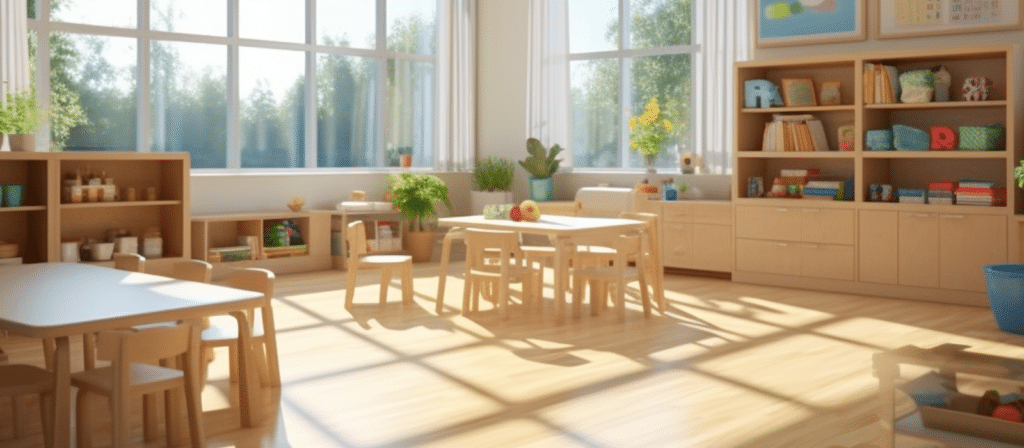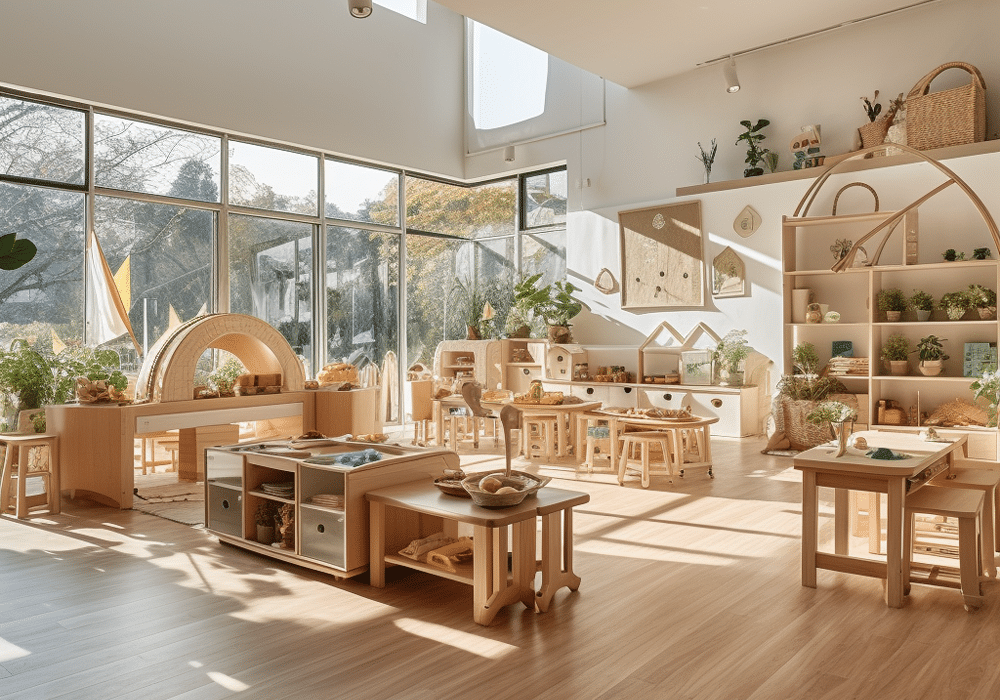Have you ever wondered how Montessori furniture can engage a child’s senses of touch, taste, and smell in the learning process? In this exploration of Montessori furniture designed for sensorial learning, we’ll delve into the fascinating world of hands-on education and sensory-rich environments. Discover how these carefully crafted furnishings play a pivotal role in nurturing a child’s sensory development.
Montessori Furniture for Sensorial Learning: Touch, Taste, Smell is all about providing children with opportunities to engage their senses fully. Montessori classrooms are carefully designed to incorporate furniture and materials that invite children to explore the world through touch, taste, and smell, creating a holistic and enriching educational experience.
What is Montessori Furniture?
Before we dive into the details, let’s take a moment to understand what Montessori furniture is all about. Montessori furniture refers to a range of specially designed furniture that caters to the needs of children in their various stages of development. These pieces are created with the Montessori philosophy in mind, which emphasizes independence, freedom of movement, and hands-on learning.
Why is sensorial learning important?
Sensorial learning plays a crucial role in a child’s development as it helps them explore and understand the world around them. By engaging their senses, children are able to make connections, develop their cognitive abilities, and refine their motor skills. Creating an environment that encourages sensorial exploration is essential for fostering a child’s overall development.

Enhancing the Sense of Touch
One of the key aspects of sensorial learning is the development of the sense of touch. Children learn about textures, materials, and the world around them through tactile exploration. Montessori furniture provides ample opportunities for children to engage their sense of touch in meaningful ways.
For instance, a sensory table with various textured materials such as sand, water beads, or fabric scraps allows children to explore different sensations through their fingertips. The smooth surface of a wooden puzzle or the roughness of a sensory board with different textures stimulates their tactile senses and promotes cognitive development.
Discovering the Sense of Taste
Taste is another powerful sense that plays a crucial role in a child’s development. Montessori furniture can create a conducive environment for children to explore different tastes and develop their palates.
A child-sized kitchen, complete with miniature utensils and cooking materials, allows children to engage in hands-on cooking activities. They can experiment with different ingredients, taste various herbs and spices, and even prepare simple meals. These experiences not only foster a love for cooking but also enhance their sense of taste and promote healthy eating habits.

Exploring the Sense of Smell
The sense of smell is closely linked to memory and emotions. Montessori furniture offers several opportunities for children to explore various scents and develop a keen sense of smell.
A sensory tray filled with different aromatic materials, such as herbs, spices, or scented oils, provides children with the chance to identify and differentiate between various smells. This activity not only engages their olfactory senses but also encourages language development as they describe the scents they encounter.
Cultivating a Sensorial Learning Environment
Montessori furniture is designed to create an immersive sensorial learning environment that promotes independent exploration and discovery. By incorporating these furniture pieces into your learning space, you can provide children with a stimulating environment that fosters sensory development.
In addition to the examples mentioned above, there are various other Montessori furniture options available for touch, taste, and smell exploration. From sensory bins filled with different materials to specially designed taste-testing trays, the possibilities are endless.
By exposing children to a wide range of sensory experiences, Montessori furniture helps them develop a deeper understanding of the world around them and enhances their overall cognitive and emotional development.

Conclusion
Montessori furniture for sensorial learning opens up a world of possibilities for children to explore their senses of touch, taste, and smell. By incorporating these specially designed furniture pieces into your learning space, you can provide children with an immersive and engaging environment that fosters their cognitive, emotional, and sensory development.













